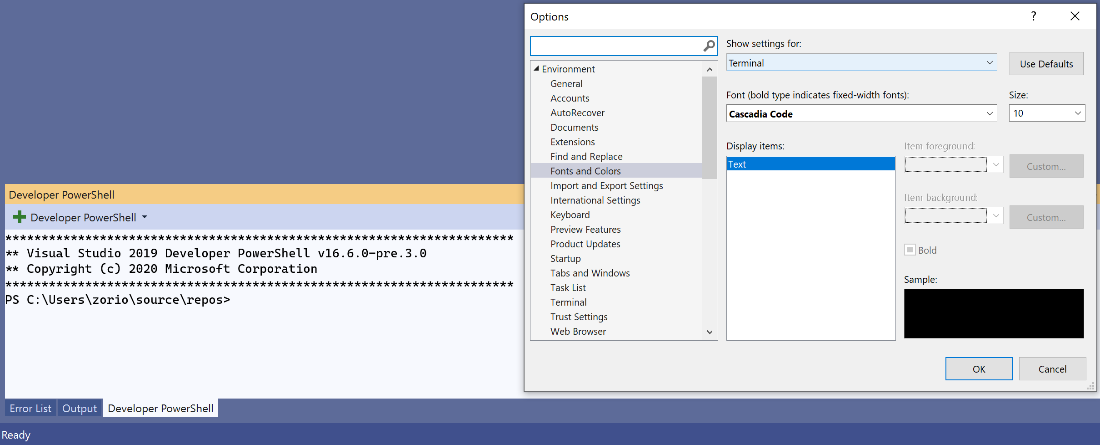

Details of individual product data retention policies can be found in the specific product documentation, such as here for SMS and here for Voice calls. Data generated by other products is retained in line with those products' data policies. Data Retention for Underlying Productsĭata relating to underlying products used via Studio, such as SMS or Voice call logs, are not automatically deleted at the same time as Execution data. Once Executions are deleted, they are no longer accessible via Console or the API. Studio automatically ends and deletes stuck Executions 60 days after they were created. However, Executions that have not ended within 60 days of being created are considered stuck. Current Data Retention PolicyĬurrently, Studio retains Execution and Step logs for 30 days after Executions end.

To access your Execution and Step logs past 30 days, use Event Streams to subscribe to Studio Flow events and log them in your own systems. The owner of the Flow can see my Execution, as well as the Executions of other users who have run through the Flow.ĭata Retention in Studio Upcoming Change to Data Retention When I call the Twilio number connected to a Flow, an Execution is created to represent my call to that number / path through the Flow. An Execution is active while the user is in the Flow, and it is considered ended when they stop or are kicked out of the Flow. If the prompt is intended to set a variable, this happens at the end.Īn Execution represents a specific person’s run through a Flow. If you’re prompting a user for a text input, when they receive the inbound SMS prompt, they are actively in a Step until they exit the Widget (send a response or timeout). Widget.Ī Step is the runtime processing of a Widget, starting when that Widget is entered. You might have a Transition based on the condition of an incoming message you could handle specific text inputs and route them to a Split Based On.

Transitions define how a Flow advances from one Widget to the next based on specified conditions. The Send Message widget can be used to send an outbound SMS to a user who is in your Flow. They represent pieces of logic, and can connect to each other via Transitions. Widgets are individual items that can be dragged onto the Flow canvas. You can create a Flow to handle inbound Voice calls by playing a prerecorded message. Here are a few of the key terms that will help you as you get started with Studio:įlows are individual workflows that you create. You can start using Studio by logging in and visiting the Studio homepage in the Twilio console. Organize Use Cases and Logic in Separate Flows.View Executions (Individual runs through flows).Define Transitions to Advance Users through Flows.Manage Widget Settings with the Inspector Panel.Create, Modify, and Deploy Flows (Workflows).Trigger Flows via Inbound SMS, Inbound Voice Calls, and Webhooks.Designers can make swift UX modifications, copywriters can implement their own changes to messaging, and developers can delegate work to others and focus on building more complex features (such as calling Functions). Studio is designed for use by cross-functional teams, and it provides a common framework for everyone to do the work they need to do. When to use Twilio Studio?Īnyone on your team can use Twilio Studio to quickly and easily create and modify flows. Companies can now fast-track their customer engagement roadmap using the creative talent of the entire organization. Twilio Studio, a new addition to the Twilio Engagement Cloud, is the first visual interface that empowers millions of cross-functional team members to design, deploy, and scale customer communications. Twilio Studio is a visual interface to design, deploy, and scale customer communications.


 0 kommentar(er)
0 kommentar(er)
